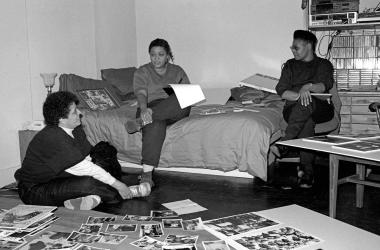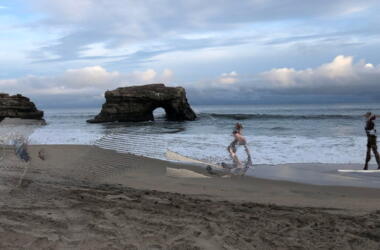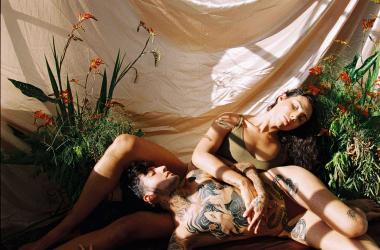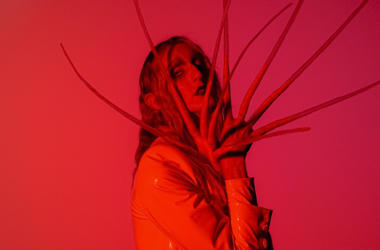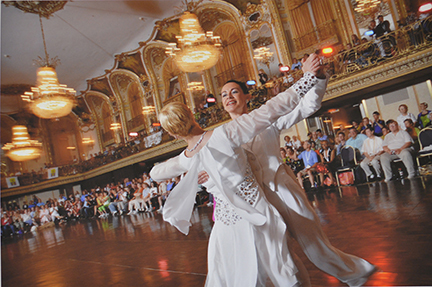
Author
James M. SaslowImage
Angela Jimenez, Same-Sex Ballroom, Petra & Caroline, Chicago, 2006 Digital C-print, 13 x 20 in. Gift of the artist. Leslie-Lohman Museum Collection.
PAST
ON THE DOMESTIC FRONT: Scenes of Everyday Queer Life
Aug 14, 2015 - Dec 06, 2015
Despite stereotypes of erotomania, LGBTQ folk actually spend much of their time doing what everyone has to do: eat, wash, exercise, make a living. By World War I, queer artists were documenting their daily lives. These images, drawn primarily from the Museum’s collection, illustrate ordinary queer existence at home, at play, at work – and in dreams.
Such scenes are called “genre”–depictions of everyday life. They hold special importance for queers, who seldom see themselves in mainstream culture and hunger for images that validate their reality. Genre feeds three realms: personal, political, and historical.
In personal terms, one’s home interior helps create the interior of the self, and identity enables community. As historian George Chauncey remarked in Gay New York, “the world created by homosexuals in the city’s streets, cafeterias, and private apartments became the crucible in which they forged a distinctive gay culture.” Politically, domesticity is timely as the queer struggle shifts from the right to be different toward the right to common experiences. “Domestic front” is a military metaphor, and the visual representation of queer domestic lives is one battlefront in this culture-war. Third, genre images chronicle social history; since few queers grow up with queer parents, these snapshots are the closest thing to a collective family album.
These artworks contribute to a longstanding debate: Are queers, apart from sexuality, “just like everyone else,” or do they have distinctive sensibilities? These images of the queer quotidian demonstrate both uniqueness and universality.
Related

PAST
Chitra Ganesh: A city will share her secrets if you know how to ask
Oct 18, 2020 - Jun 01, 2022
more
PAST
DARK RIDE: A Nocturnal Journey into the World of Erotic Desire
May 08, 2007 - Jun 30, 2007
more
PAST
SELDOM SEEN: Never or rarely seen works from the permanent collection
Nov 17, 2009 - Jan 23, 2010
more
PAST
LESBIANS SEEING LESBIANS: Building Community in Early Feminist Photography
Sep 14, 2011 - Dec 22, 2011
more
PAST
QUEERS IN EXILE: the Unforgotten Legacies of LGBTQ Homeless Youth
Jul 17, 2013 - Jul 28, 2013
more
PAST
Nude In Public: Sascha Schneider: Homoeroticism and the Male Form circa 1900
Sep 20, 2013 - Dec 08, 2013
more
PAST
INTERFACE: Queer Artists Forming Communities through Social Media
May 15, 2015 - Aug 02, 2015
more
PAST
MEDIUM OF DESIRE: An International Anthology of Photography and Video
Dec 18, 2016 - Mar 27, 2016
more
PAST
RUBBISH AND DREAMS: The Genderqueer Performance Art of Stephen Varble
Sep 29, 2018 - Jan 27, 2019
more
PAST
ROBERT GIARD (1939-2002) Particular Voices: Portraits of Gay & Lesbian Writers
Apr 25, 2018 - May 20, 2020
more





